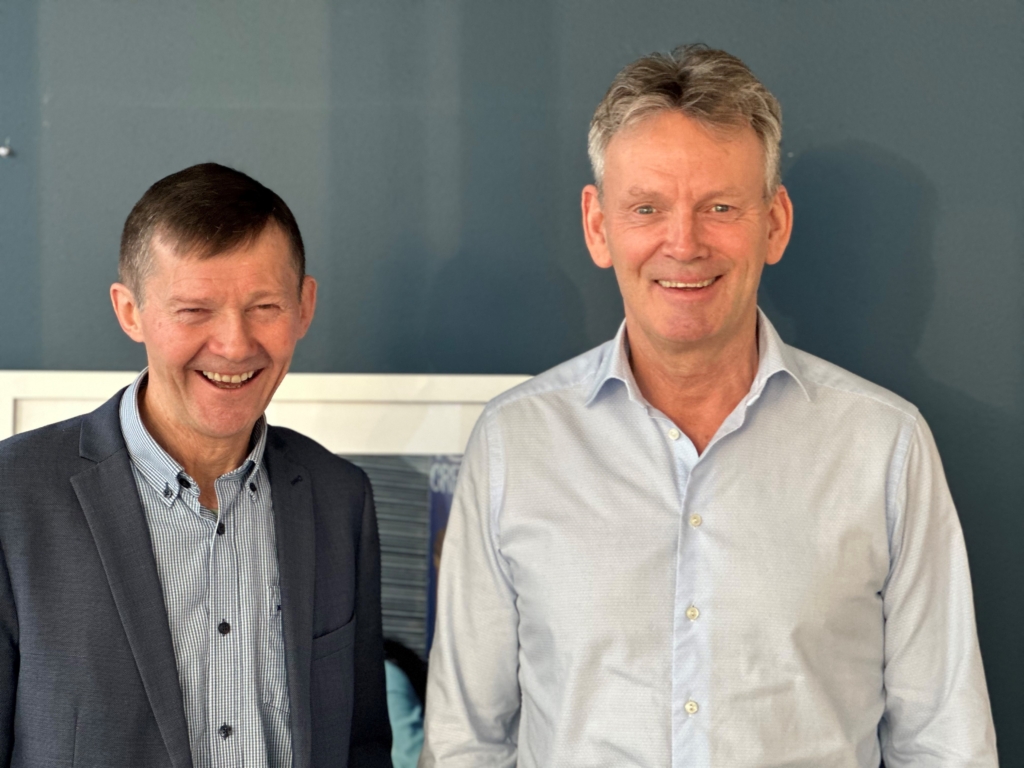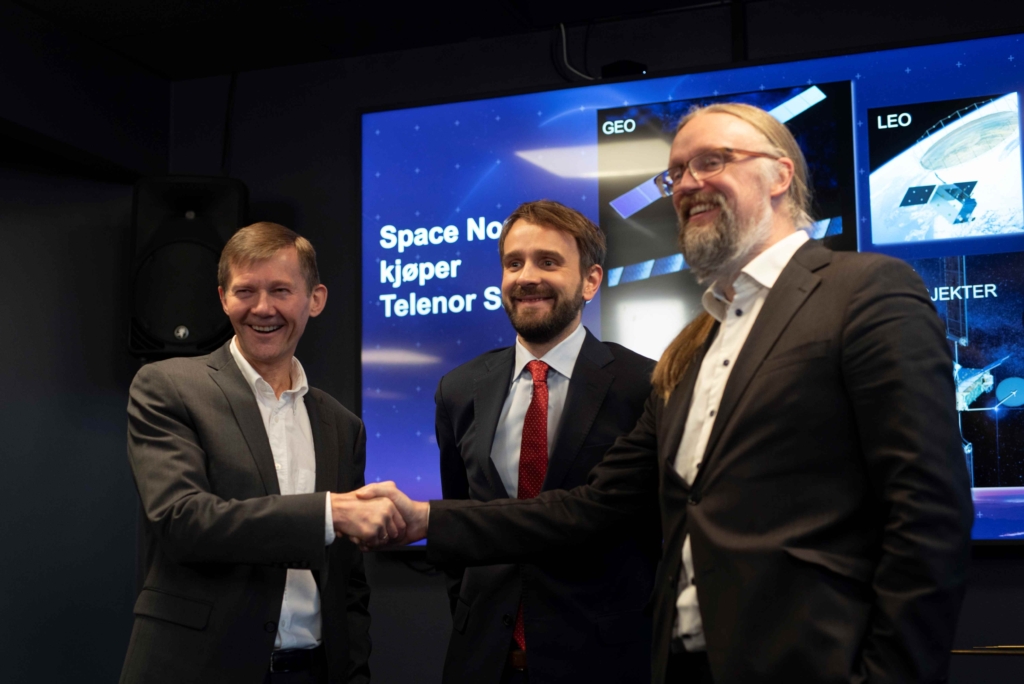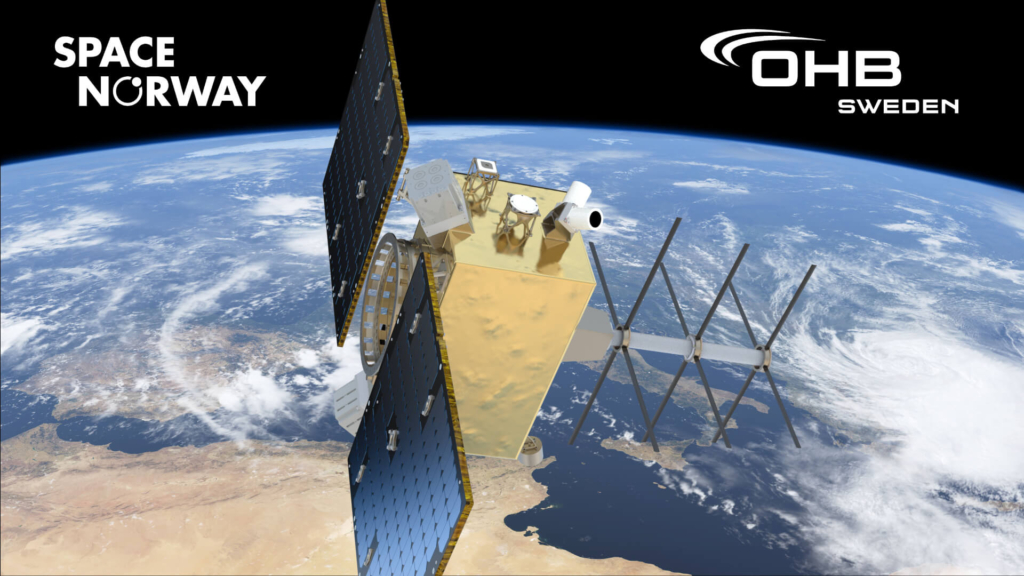Space Norway was participating in the ITU World Radio Conference in Dubai. WRC-23 ran over four weeks in November and December and is the culmination of several years of preparatory work within the International Telecommunication Union (ITU).

Opening Plenary
WRC-23 addressed necessary revisions of the Radio Regulations (RR), an international treaty between the 193 United Nations member states making up the ITU, on the use of the radio spectrum and coordination rules to provide access to it.
The conference, which convenes approximately every four years, was this time gathering more than 3.000 delegates in Dubai aiming to discuss and seek consensus on more than 40 different topics.
Impact the future of global communication systems
The decisions made at the ITU WRC are crucial as they impact the future of global communication systems, technology innovation, and the spectrum availability for various services. Satellite operators, telecommunications companies, regulatory bodies, and governments worldwide participated to ensure their interests were represented and contributed to shaping the future of radiocommunications.
There were three important overall reasons for participating in the ITU World Radio Conference:
- Spectrum Allocation: The ITU World Radio Conference plays a critical role in determining international spectrum allocations for various services, including satellite communications. Participating in the conference allows Space Norway to advocate for and secure spectrum allocations that are crucial for their satellite operations. This participation ensures access to specific frequency bands necessary for their satellite services, enabling efficient and interference-free communication.
- Policy Influence and Networking: Attending the conference provides Space Norway with the opportunity to engage with global stakeholders, including regulators, industry experts, and other satellite operators. Participating in discussions, presenting technical findings, and contributing to policy debates can help shape international regulations and policies concerning satellite communications. Building relationships and networks within the industry can also lead to potential collaborations and partnerships.
- Keeping Abreast of Technological Developments: The ITU World Radio Conference serves as a platform to stay updated on the latest technological advancements, trends, and innovations in the field of satellite communications. Space Norway can gain insights into emerging technologies, best practices, and future opportunities. This knowledge can be instrumental in guiding their strategic planning, investment decisions, and the development of new satellite systems that align with evolving global standards and technologies.

The Norwegian WRC-23 delegation with Space Norway represented by Christer Varan and Lars Løge.
Discussions relating to the operation of non-geostationary satellites
By actively participating in the ITU World Radio Conference, Space Norway can ensure that its interests are represented, its operations are supported by favorable regulations, and that it remains at the forefront of technological advancements in the satellite industry.
Most important to Space Norway were the discussions relating to the operation of non-geostationary satellites and related services as pertaining to ITU Resolution 35, which directly relate to conditions and requirements to which the Arctic Satellite Broadband Mission must adhere.
But Space Norway also had interests in topics relating to such topics as VHF Data Exchange System (VDES), Narrowband IoT (NB-IoT) and Earth Exploration-Satellite Services (EESS) such as satellites utilizing Synthetic Aperture Radars (SAR).
24/04/2023
Successful launch of Norwegian satellite with cutting edge technology on board
The Norsat-TD was launched into space with a SpaceX Falcon 9 from Vandenberg, California carrying Norwegian and European technology to be tested in space. Most important for Norway is Space Norway’s VDES payload enabling the testing of two-way data communication and navigation services via VHF.
The launch went according to plan, and the ground station was able to ping the satellite just minutes after the separated from the rocket. All the payloads have so far responded as expected, and the special VDES antenna unfolded perfectly. This antenna is the main reason that the Space Norway VDES payload delivers such high performing services.
Satellite VDES offers two-way communication outside the range of normal coastal stations, for example at open sea and in Arctic waters. The Norwegian government monitors vast areas of open ocean far away from land. VDES supports several services and applications that improve safety at sea and contribute to making the maritime sector more efficient and environmentally friendly, such as broadcasting ice charts, navigational support, information, and search-and-rescue services.
The satellite is commissioned and owned by the Norwegian Space Agency and is operated by Space Norway’s subsidiary Statsat.
“NorSat-TD is important because it enables companies to prove the feasibility of their technology in space, which is important for companies when presenting products to the space industry. At the same time, the Norwegian Space Agency together with Statsat show that they contribute actively to the Norwegian and international market for space services”, says CEO of Statsat, Ivar Spydevold.
The satellite will spend one year in a test phase where all payloads are tested and experimented with. Then, the satellite enters an operational phase with an expected lifespan of five years. Several of the payloads have been developed in cooperation with the European Space Agency (ESA).
In addition to the NorSat-TD, the SpaceX launch carried 50 satellites from various counties into orbit.
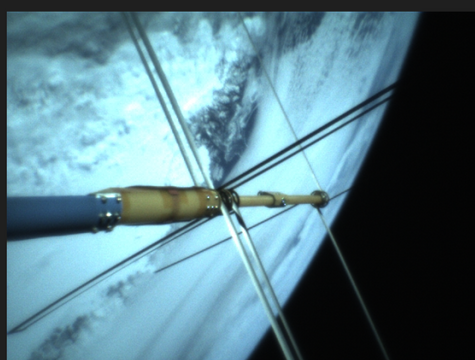
12/04/2023
Flight Dynamics – how to pilot a satellite
How does a satellite remain in its orbit? Which forces work on a satellite in space, and how do these forces act at different orbital positions?
It takes several years to ready a satellite for launch, and once the satellite detaches from the rocket that brought it out into space, the job is far from over. Space Norway’s two highly elliptical satellites will be launched by a Falcon 9 up to about ten thousand kilometers. From there starts a long journey into space, ending at 43 thousand kilometers where it establishes its 15 years orbit. This journey is called orbit raising, and it is predicted to last for ten days. On board are two fuel tanks, and all around the body of the satellite are small thrusters used for correcting the course. Approximately 90% of all the fuel will be used while orbit raising. To reach its correct trajectory, engineers must determine how much force to use for exact course adjustment. Flight dynamics is the art of calculating the effect of all the forces that work on the satellites and all the flight path corrections consequently needed in its entire life span. The remaining ten per cent of fuel on board is used to uphold an exact path for 15 years.
Satellites in orbit are subject to continuous forces. The strongest effect comes from earth’s gravity. Additionally, both the sun and the moon’s gravities influence the satellites. The position of the sun, moon and earth are predictable, meaning that the effect of these forces can be calculated and simulated in advance. But then you never know. Maybe the weather is bad on launch day and a delay is inevitable. All calculations would have to be made over.
The satellite itself does not know exactly where it is, so this information is uploaded from the ground. The exact position is determined by triangulating signals pointed at it, and all path corrections are made based on these calculations. The engineers on the ground compute the exact location on each 16 hours orbit, giving the exact amount of thrust needed from each on board engine to correct the course, all the while keeping an eye on how much fuel is remaining. These flight maneuvers are done every fortnight for the entire satellite life span, and two major path corrections are planned in year 10 and 12.
20/12/2022
Our US Field Office
Space Norway’s two highly elliptical satellites launch from Vandenberg, California. They are being built by Northrop Grumman (NG), also located in the US. The Arctic Broadband Satellite Mission (ASBM) programme has hired a team in the US to monitor the process leading up to launch.
Oddveig Tretterud is the project manager for the ASBM programme, responsible for the Space project and keeping an eye on the building of the satellite and the launch. Oddveig travelled to Dulles in Washington DC in 2020, where NG has its headquarters to put together our Field Office. She has extensive experience in building satellites along with having worked several years in the US before. She knows the business and she knows which skills are needed to manage the complicated business of building satellites.
The satellites Space Norway has bought from NG are by no means mass produced, they are very complex. Overseeing the building of this very logistically challenging operation requests technically demanding practical work. Decisions must be made quickly, and someone needs to be present at the supplier’s location every day. These processes never run smoothly, assessments and choices must be made continuously making client presence a necessity to ensure the best possible product delivery. In addition to Oddveig, her team consists of highly experienced consultants with detailed knowledge of the different disciplines of a satellite project. Her team is comprised by Jim, Roland and Chris, three engineers with decades of experience from similar programmes for Telesat, a large Canadian satellite company. Additionally, working together with our team are two people from our client Inmarsat and one person from the US Space Force.
The daily routine involves meetings with the supplier, first during the design phase dominated by analysis and assessments towards the program specifications. Once the design is approved, extensive testing on each component commences at the production site before delivery at NG for integration on the satellite platform. There, testing at system level starts. The process of testing is considerable, and all test results are discussed and assessed. If a test fails for some reason, detailed processes to identify, repair and recreate the failure are instigated. Agreement on why the failure happened and consensus that all measures are taken to ensure that it will not happen again, are needed before further testing can continue. The Field Office is involved in all these stages, all the while reporting back home on status, progress, areas of risk and measures. The team additionally coordinates communication between NG and the rocket supplier, SpaceX.
Our Field Office tracks the process from the design phase, through building and testing. When the building is complete and the satellites are ready, they are transported to the launch site. After launch, the test regimen continues in orbit. And then, finally, control of the satellites is transferred to satellite operations and the job is done for our Field Office.
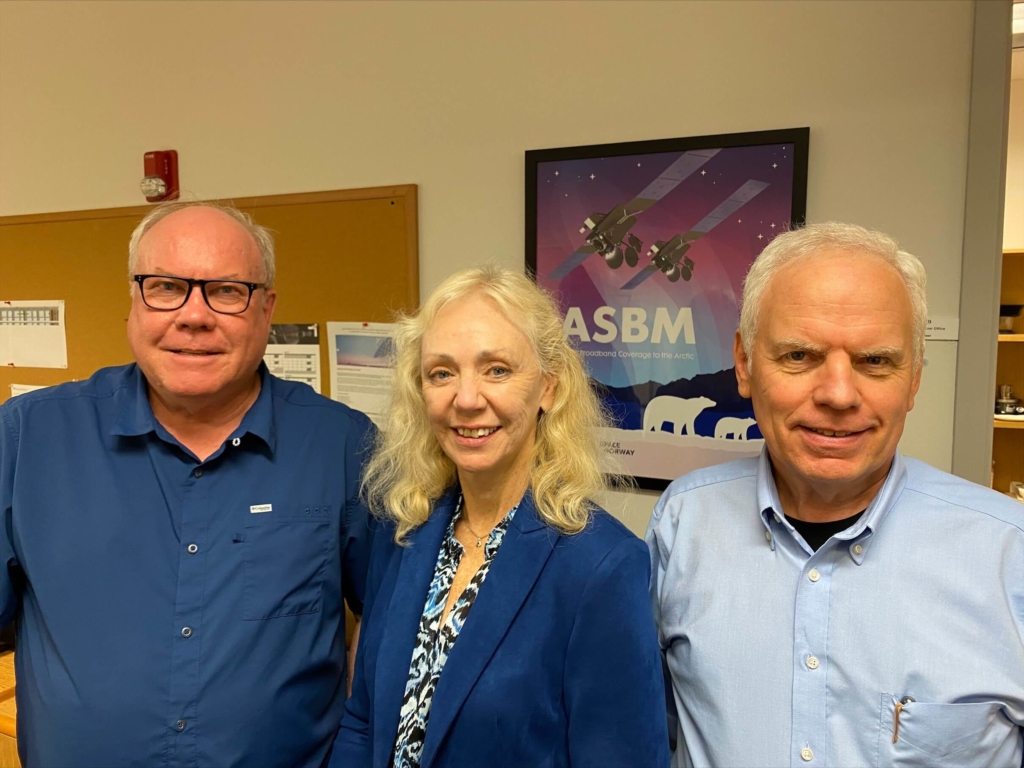
30/11/2022
Space Force delivers final payload for Space Norway’s arctic broadband mission
The Arctic Satellite Broadband Mission is scheduled to launch in 2023 on a SpaceX Falcon 9 rocket from Vandenberg Space Force Base.
WASHINGTON — The U.S. Space Force announced Nov. 28 it delivered the second and final military communications payloads that will launch in 2023 on Space Norway’s Arctic Satellite Broadband Mission known as ASBM.
The first Enhanced Polar System Recapitalization (EPS-R) payload was delivered in June. Both payloads are scheduled to launch to highly elliptical orbits on a SpaceX Falcon 9 rocket from Vandenberg Space Force Base.
Read the whole Space News- article written by Sandra Erwin here
01/11/2022
Space Norway and Sternula win VDES-contract with ESA
Danish and Norwegian satellite operators, Sternula and Space Norway, who are the world’s first to launch and operate VDES satellites, will work together on satellite network roaming, search-and-rescue, and new maritime IoT services in a new ESA-funded research project to realize AIS 2.0.
The VDES technology has been developed over the past decade by IALA as the evolution of AIS for digital data exchange in the maritime VHF frequency band and has now matured to enable the digital transformation of the maritime industry. The technology, sometimes referred to as AIS 2.0, has been approved by the United Nations’ telecom agency, ITU, for global use in the maritime VHF spectrum. The world’s first VDES capable satellite, NorSat-2, launched in 2017, has allowed Space Norway to demonstrate a range of maritime digital services, and with the launch of NorSat-TD in April 2023 the VDES capabilities of Space Norway will increase further. Sternula is launching its first satellite in December 2022 as a pioneer VDES satellite operator.
VDES allows for two-way communication where AIS is a one-way system. The range of terrestrial VDES is limited to a station's visibility above the horizon, which usually means a maximum range of approximately 70-100 kilometres. However, satellite VDES provides coverage also outside the range of coastal stations, such as open oceans and Arctic waters. VDES supports a wide range of services and applications that improve the safety of life at sea and helps the maritime industry become more efficient and environmentally friendly. This includes services such as distribution of maritime safety information, data exchange for improved situational awareness in rescue operations and route exchange for safer and more cost effective journeys.
In a new ESA-funded research project, Sternula and Space Norway will work together to develop and demonstrate maritime IoT services based on the VDES technology, VDES satellite network roaming and maritime distress alert detection in support of search and rescue. The project paves the way for new and innovative maritime digital data services in support of e-Navigation and the digital evolution of the maritime industry. Additionally, the project will test a roaming capability between Sternula and Space Norway’s satellites to deliver better services to the customers. The system relays information from a ship’s components gathered by Sternula equipment via Space Norway’s satellite. While at sea, a ship’s need for maintenance or spare parts can be identified, making maintenance and repairs easy and time efficient when in port.
22/09/2022
Article from High North News: Taking Network Coverage in the Arctic to New Heights
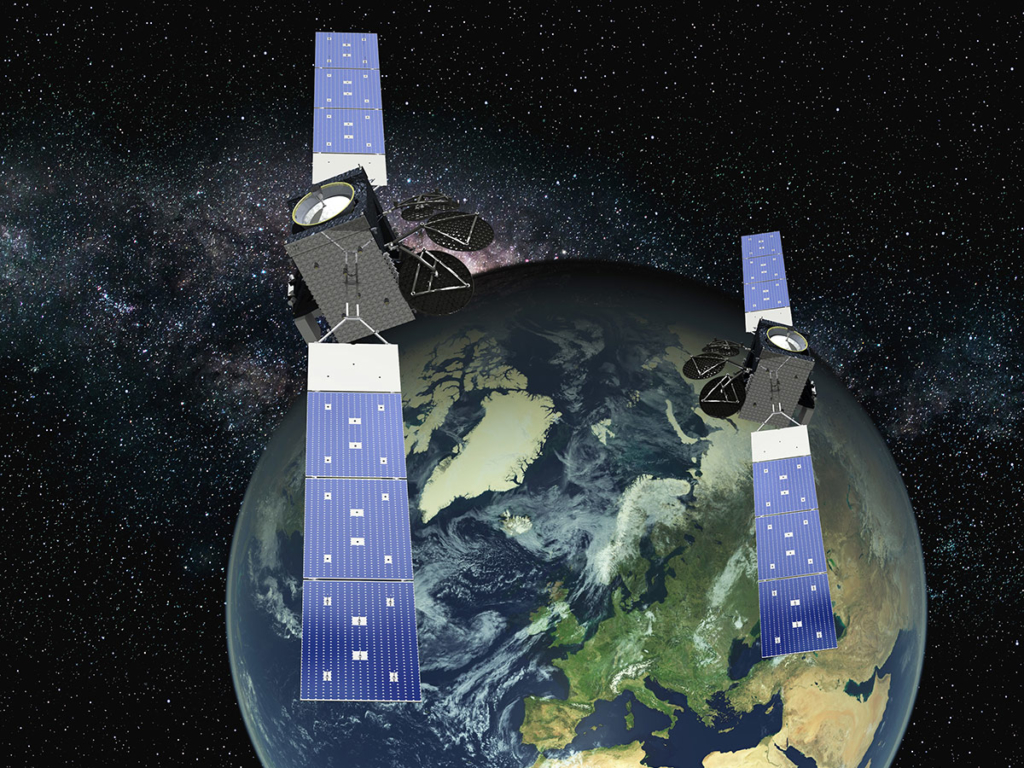
This is an article from High North News written by Astri Edvardsen, published on 20.09.2022.
With satellites in a highly elliptical orbit above the North Pole, Space Norway's program will provide broadband coverage throughout the Arctic from 2024. "This contributes to show that Norway is serious about its High North Policy," says the program director in the state-owned company.
Next fall, two satellites will be sent out into space to provide broadband coverage throughout the circumpolar Arctic for the first time.
The venture Arctic Satellite Broadband Mission (ASBM) is signed by the Norwegian state-owned company Space Norway, which is under the Norwegian Ministry of Trade, Industry, and Fisheries.
The launch will take place on the US west coast under the auspices of Elon Musk's company SpaceX.
08/09/2022
Minister of Trade and Industry visits Space Norway in Dulles, USA
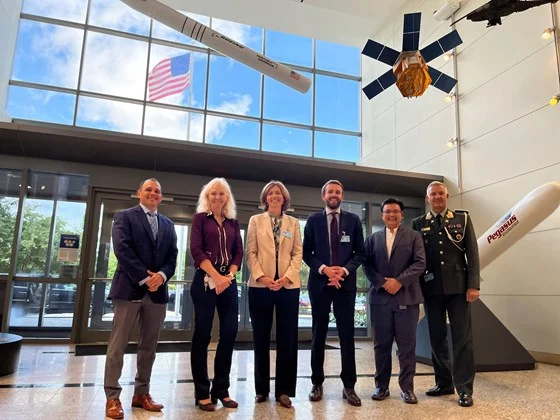
Minister of Trand and Industry Jan Christian Vestre visited the US in September 2022 . The purpose of the visit was to strengthen the historically deep industrial relations between the two countries. The agenda was further and more targeted cooperation within green tech and opportunities for Norwegian businesses.
The Minister visited Northrop Grumman in Dulles, Virginia on 8th september together with Ambassador Anniken Krutnes. They received an orientation on the building of Space Norway's Arctic satellites. Space Norway entered an agreement with Northrop Grumman in 2019 on the building of two large satellites with military and civillian broadband communication in the Arctic. The satellites will be launched by SpaceX in mid 2024.
26/08/2022
Press release: Space Norway builds radar satellite system for real-time maritime surveillance
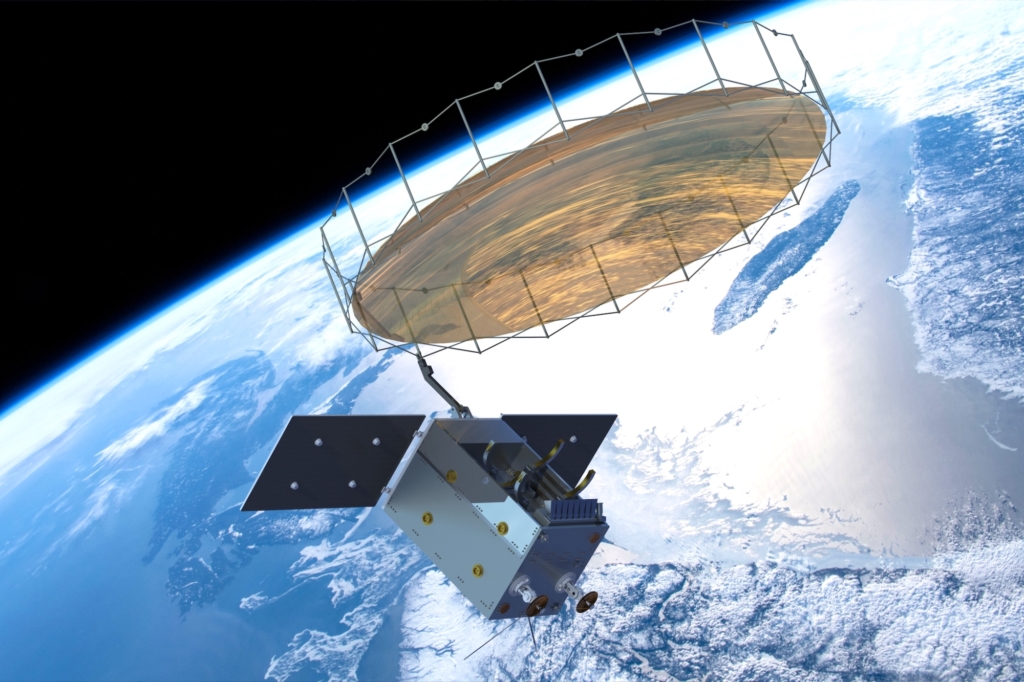
On the 25th of August 2022 Space Norway AS signed contracts with vendors and will immediately start building a radar satellite system optimized for maritime surveillance in Norwegian areas of interest.
The payloads will be developed and built by Norwegian suppliers, while the satellite bus and the radar antenna will be built in the UK. The first satellite will be launched early 2025. In the following years, the plan is to launch a number of radar satellites to establish a constellation.
The satellite system named MicroSAR is unique in the way it can detect relatively small vessels in a very large area simultaneously. As of today we don’t know about any radar satellite systems with the same mix of capabilities.
Norway’s sea areas are seven times larger than the Norwegian land area. The Arctic and the High North is Norway’s most important strategic area of interest. This puts strong requirements on situational awareness in these areas. AIS (Automatic Identification System) has for many years been used for maritime surveillance. The challenge is that AIS is a system that requires the vessels themselves to send the required and correct AIS Information. Hence, AIS is a system based on cooperation. Today we estimate that 5 % of the vessels either does not send out AIS Information or are transmitting false information. Satellites with a radar, such as MicroSAR, will be able to detect these vessels independent of the use of AIS. MicroSAR satellites will bring an AIS Receiver to correlate radar detections with AIS Information.
The MicroSAR System is optimized for covering Norwegian needs. However, it will also offer and deliver maritime surveillance services in a global market in the same way as other radar satellites in space today, including surveillance of ship traffic, combating illegal fishing, search and rescue and oil spill detection.
Space Norway works closely with the Norwegian Armed Forces who will be the main customer and buy services and products from MicroSAR when in operation.
Space Norway also work in close cooperation with Kongsberg Satellite Services (KSAT). KSAT establishes, operates, and owns the MicroSAR Ground System, utilizing their existing global network. On behalf of Space Norway, they will provide services related to satellite operations and downlink of MicroSAR data. KSAT will also be responsible for marketing and sales of MicroSAR services and products as part of their portfolio, both in a national and an international market.
The Satellite System will be owned and controlled by Space Norway. This gives Norway an important strategic independent capability under national control to cover their needs for maritime surveillance.
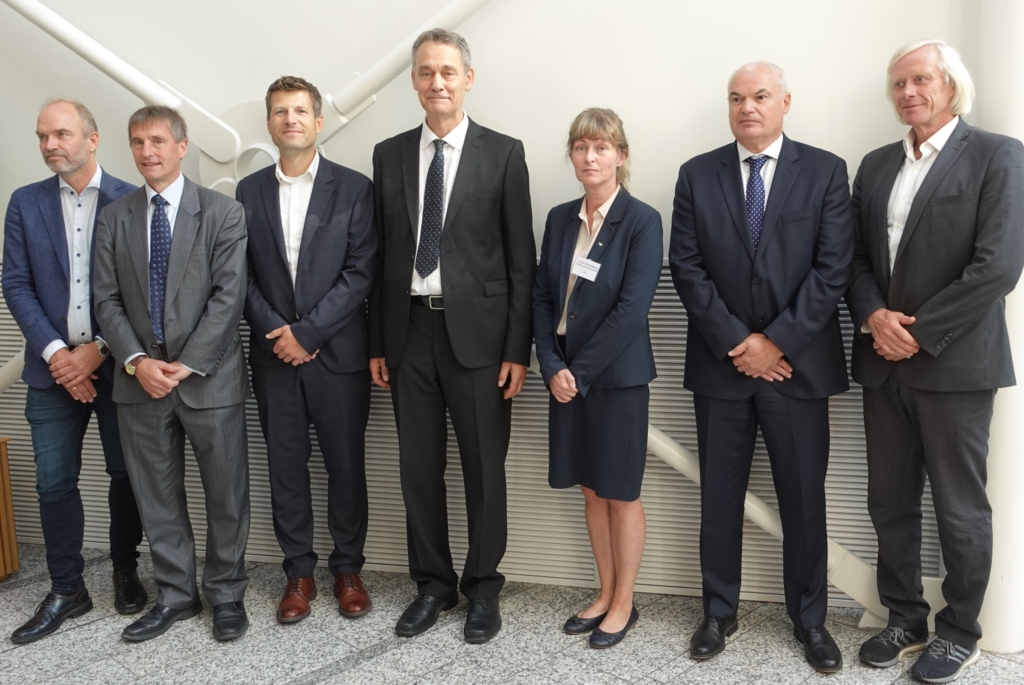
Space Norway has signed contracts with the following vendors to build the first MicroSAR Satellite:
Surrey Satellite Technology Ltd (SSTL) is a UK company with long experience in building satellites. SSTL will deliver the satellite platform and be responsible for integration of the payloads on board. SSTL will also be responsible for building the radar antenna through their sub-contractor Oxford Space Systems (OSS).
The payloads will be developed and produced by the Norwegian companies WideNorth, Eidsvoll Electronics (EIDEL), Kongsberg Seatex and Norwegian Defence research Establishment (FFI). Hence, the project will also contribute significantly to business development of Norwegian companies.
Space Norway’s current plans are to launch the first satellite on a SpaceX Falcon 9 as a Rideshare. When establishing a constellation, the satellites will be launched on dedicated launchers. The establishment of Andøya Spaceport may result in future MicroSAR satellites being launched from Norway.
The MicroSAR satellites will follow polar orbits in various orbital planes at an altitude of about 600 km and will weigh about 300 kg.
Contact person:
Dag H Stølan
CSO and Director Infrastructure
Phone: +47 400 29 601
E-mail: dag-hugo.stolan@spacenorway.no
29/06/2022
Important test of the ground stations for ASBM
The HEOSAT-project has reached a key milestone and began end-to-end testing of the ground segment (for the satellite system) during the second half of June.
In the summer of 2024 two large satellites will be launched into a highly-elliptical orbit going across the north pole. ASBM (Arctic Satellite Broadband Mission) is Space Norway’s major initiative to pioneer providing broadband communication to the Arctic region.
During the construction of the two satellites there is a major test program implemented to ensure that all the equipment onboard is built to sustain the extreme conditions offered in a space environment and experienced during a launch. The testing involves exposing the individual satellite components to temperatures, radiation levels and vibration levels equivalent of those experienced during launch and in space.
During the construction of the two satellites there is a major test program implemented to ensure that all the equipment onboard is built to sustain the extreme conditions offered in a space environment and experienced during a launch. The testing involves exposing the individual satellite components to temperatures, radiation levels and vibration levels equivalent of those experienced during launch and in space.
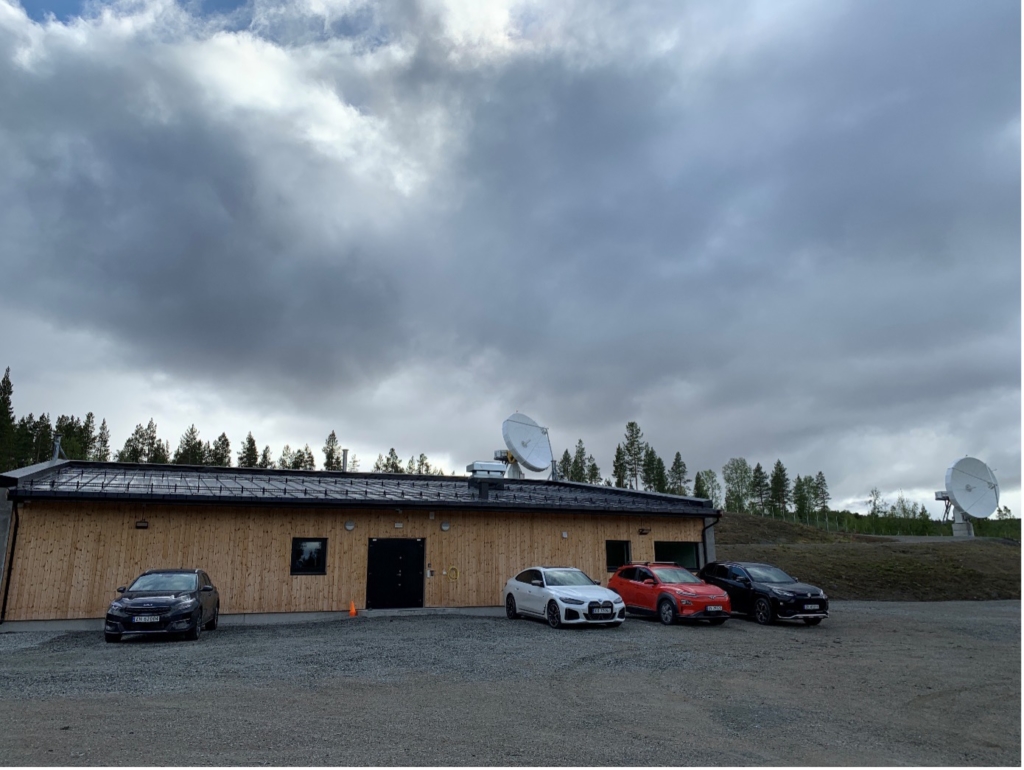
The purpose of the ongoing end-to-end testing of the ground segment is to secure that the ground stations are properly connected with the customers such that all communication and exchange of data, for example ephemeris, telemetry and commands, are transferred according to plan.
The two-week long test campaign involves teams of personnel from Space Norway, the satellite provider Northrop Grumman and the ground segment provider KSAT. The customers are also an active part of the test campaign, and representatives of the Norwegian and US Armed Forces as well as Inmarsat are standby to confirm data reception at their respective ends, as well as ready to report any possible deviations from specification. In this respect, the end-to-end test campaign serves as a first full-scale test of the supply chain from the satellite operations control center to the customers.
